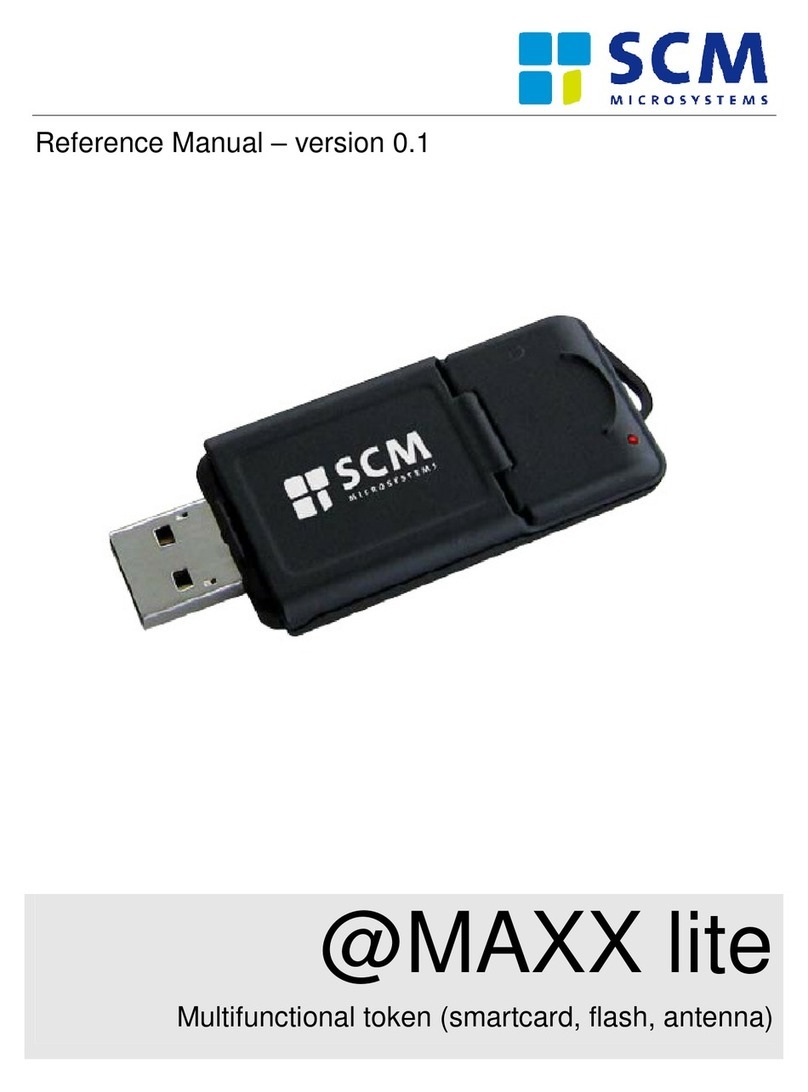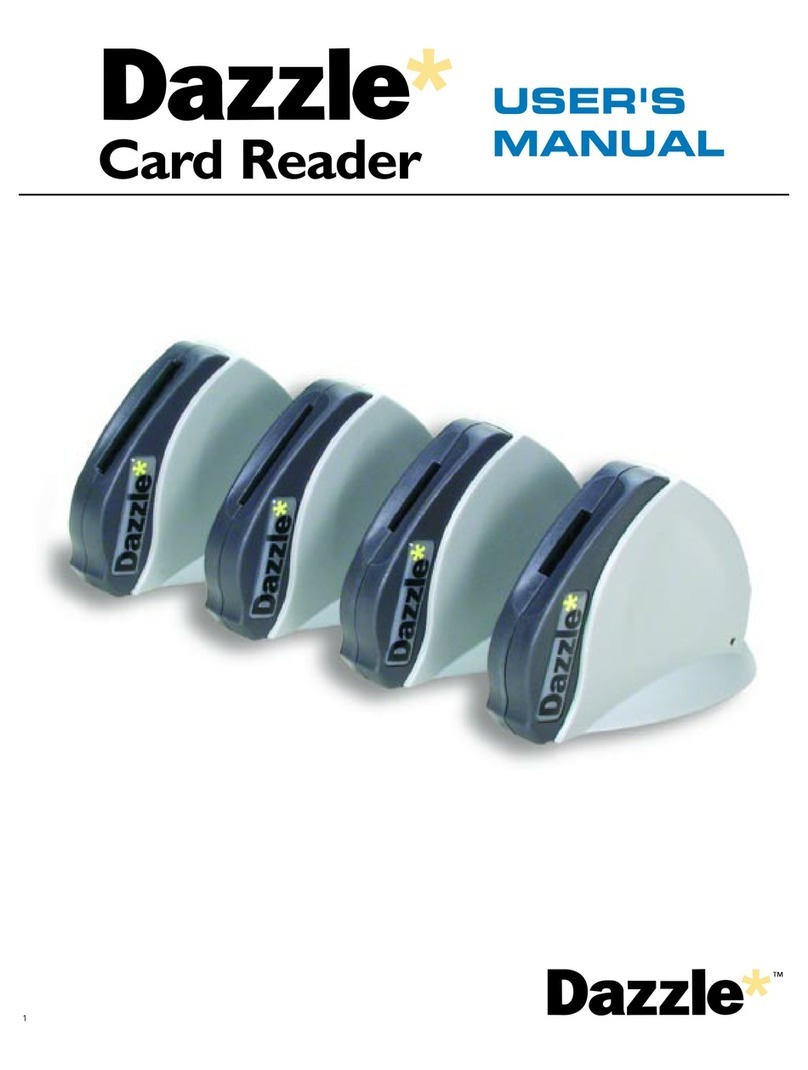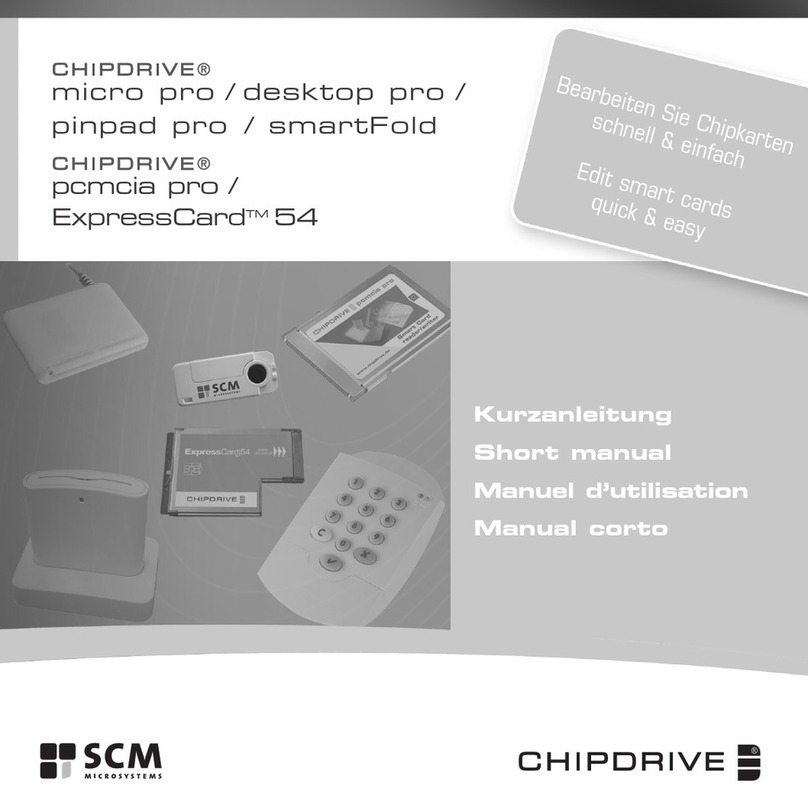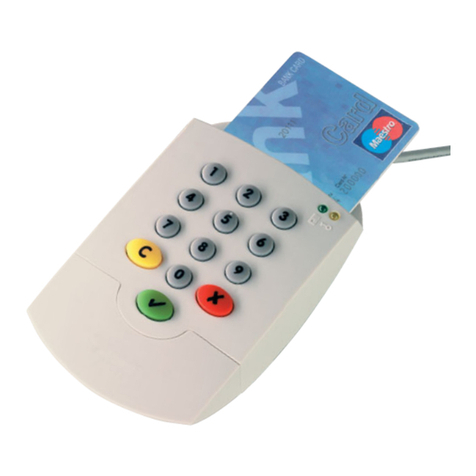
@MAXX
PRIME
R
EFERENCE
M
ANUAL
T
ABLE
O
F
C
ONTENTS
4
Table of Contents
1.
Legal information ............................................................................................................... 6
1.1.
Disclaimers.....................................................................................................................6
1.2.
Licenses ......................................................................................................................... 6
1.3.
Trademarks .................................................................................................................... 6
2.
Introduction to the manual .................................................................................................7
2.1.
Objective of the manual ................................................................................................. 7
2.2.
Target audience ............................................................................................................. 7
2.3.
Product version corresponding to the manual ...............................................................7
2.4.
Definition of various terms and acronyms ......................................................................7
2.5.
References .....................................................................................................................8
2.6.
Conventions ...................................................................................................................8
3.
General information about @MAXX prime ...................................................................... 10
3.1.
@MAXX prime key benefits ......................................................................................... 10
3.2.
@MAXX prime key features......................................................................................... 10
3.3.
@MAXX prime ordering information ............................................................................ 10
3.4.
@MAXX prime customization options.......................................................................... 11
3.5.
Hardware features and their principle usage ............................................................... 11
3.5.1.
Contact Smart Card Reader ................................................................................. 12
3.5.2.
Internal RF antenna .............................................................................................. 14
3.5.3.
Micro SD-Card Reader ......................................................................................... 15
3.5.4.
Embedded Flash................................................................................................... 15
3.5.5.
USB extension slot................................................................................................ 15
3.6.
Applications .................................................................................................................. 16
3.6.1.
General ................................................................................................................. 16
3.6.2.
Applications provided by SCM Microsystems....................................................... 18
4.
@MAXX prime characteristics ......................................................................................... 19
4.1.
@MAXX prime high level architecture ......................................................................... 19
4.1.1.
Block diagram ....................................................................................................... 19
4.2.
Quick reference data .................................................................................................... 21
4.2.1.
@MAXX prime dimensions ................................................................................... 21
4.2.2.
@MAXX prime A dimensions ............................................................................... 21
4.2.3.
LED behavior ........................................................................................................ 21
4.2.4.
Other data ............................................................................................................. 22
5.
Software modules ............................................................................................................ 23
5.1.
Installation .................................................................................................................... 23
5.2.
Utilities .......................................................................................................................... 23
5.3.
Driver ............................................................................................................................ 23
5.3.1.
@MAXX listing ...................................................................................................... 23
5.3.2.
Supported operating systems ............................................................................... 23
5.4.
Firmware ...................................................................................................................... 24
































